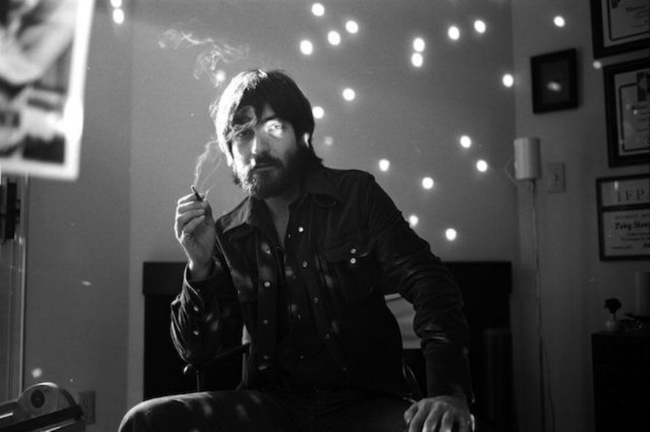Ennio Morricone (1928 - 2020)
Treasure of the Four Crowns (1983) is a somewhat confused and shoddy action movie that attempts to ride on the coattails of both Raiders of the Lost Ark and the 3-D revival of the time. It lurches between set pieces where anything and everything is thrown at the camera, to moments of unpleasantness and then into slapstick comedy. Yet there is one aspect of this unremarkable film that remains with the viewer after they’ve endured its 97 minute running time. The opulent and charismatic orchestral score by Ennio Morricone. Because "Maestro" Morricone always brought his immense talent to bear on a film regardless of its quality or provenance. Hence there are just as many genre movies and exploitation films with exceptional Morricone soundtracks as there are cinematic masterpieces and art house classics. As writer and director Edgar Wright said “he could make an average movie into a must see, a good movie into art, and a great movie into legend”.
Ennio Morricone was a prodigious composer, who eschewed Hollywood despite his success. He preferred to compose at his palazzo in Rome, working at a desk as opposed to a piano. He wrote in pencil on score paper, creating all orchestra parts from what he could hear in his mind. He would frequently compose after reading a just a script, viewing rushes or a rough cut of a film. Due to his musical diversity and at times experimental approach, he was much sought after by similarly creative film makers. His musical range was exceptional featuring an array of techniques; tarantellas, psychedelic vocalisations, sumptuous love themes along with minimalist beats to underscore tension. He was not afraid to be quirky or to use that most dangerous musical device silence. He composed for TV, cinema, wrote concert pieces, and orchestrated music for singers including Joan Baez, Paul Anka and Anna Maria Quaini, the Italian pop star known as Mina. Whatever he did both he and his music always left an impression.
Given his extensive body of work across multiple genres, it is difficult to collate a short list of material that adequately summarises Ennio Morricone’s musical capabilities. His mainstream renown stems from his work with director Sergio Leone and “The Dollar” trilogy which has quite rightly become an integral part of cinematic pop culture. However his collaborations with the “Master of the Giallo”, Dario Argento, are equally noteworthy. The Bird With The Crystal Plumage (1970) features pop inflected vocal harmonies, avant improvisation and salacious lounge music. The Mission (1986), features a plot device in which a Jesuit Priest uses his Oboe to fill the cultural divide between the Catholic Church and the idigenous people of Paraguay. This is sublimely realised by Morricone in his iconic piece “Gabriel’s Oboe”. Director John Carpenter 1982 sci-fi horror The Thing benefits greatly from Morricone’s minimalist synth driven score. And the sleazy 1972 thriller What Have You Done to Solange? becomes more than the sum of its parts due to melancholic and melodic Morricone score.
Here is a short and personal selection of music cues and tracks by Ennio Morricone that I enjoy. He leaves behind an exemplary legacy and body of work as well as having influenced several generations of musicians and composers. A friend of mine who is also a “man of the cloth” and a commensurate fan, once told me that he feels that “there are brief glimpses of the divine” in Morricone’s work and that on occasions “it reflects the majesty of creation”. Although I’m not especially religious myself, I feel that there is truth in these words. Ennio Morricone’s music, especially his more sumptuous scores for the likes of Roland Joffé, Giuseppe Tornatore and Brian De Palma, contain an inherent beauty. And that beauty is pure and timeless. Addio Maestro.












